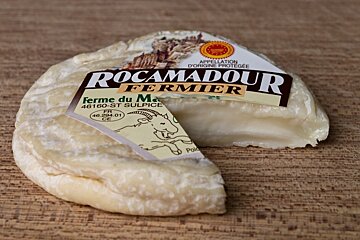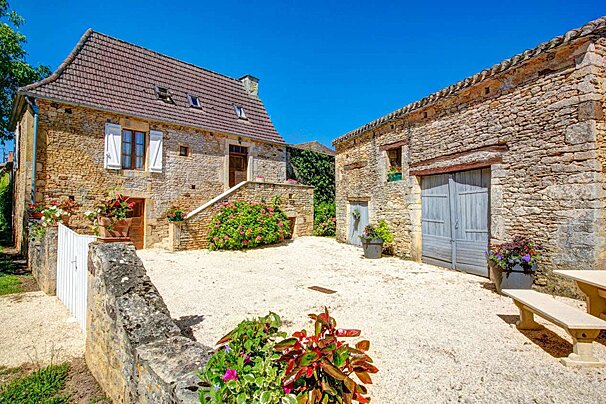
Cheese from the Dordogne
A popular purchase at any local market in the Dordogne region
Cheese and wine are central to the French diet, and with the abundance of good wine in the region it comes as no surprise that there is an abundance of local cheeses to go with them!
Here is just a selection of the local cheeses that are on offer and that are naturally worthy of a taste.
Rocamadour
Cabécou de Rocamadour is one of the Aquitaine's most famous foods. This small goats cheese from the Périgord and Quercy region gained AOC status in 1996, which means that its production is protected, and can only happen in the Aquitaine region. Aged for only a couple of weeks, it is soft and creamy in taste and best served at room temperature. Its flavour gets stronger if aged for a few months.
Trappe d’Echourgnac
First made by monks in 1852 at the Abbaye Notre-Dame de Bonne Esperance is the delightful Trappe d'Echourgnac cheese. Monks started to buy milk from local farmers and established cheese making facilities at the monastery as soon as they arrived in the area. Today, the l'Abbaye Echourgnac produces its own variety of cheese that is washed with a walnut liqueur (from the neighbouring area of Périgord). Giving the cheese's flavour, a unique mahogany colour and an aubergine coloured rind, it also adds to its smooth and smoky taste.
Le Bleu de Causses
Despite being formerly known as "the poor man's Roquefort", Le Bleu de Causses' was officially recognised in 1979 when it received AOC protection. Left to mature for six months in the Gorges du Tarn's natural limestone caves allows the cheese to absorb the fresh aromas of the surrounding countryside. Sweet and salty, this cheese is perfect after a meal or melted on top of grilled meat.
Ossau Iraty
Legend has it that Aristee, the shepherd son of Apollo, originally created this firm, creamy cheese. And in fact Ossau Iraty cheese can be traced to the first century. Made wholly from the milk of Manech ewes, it has served as a key source of income for local shepherds for centuries. A great cheese to cook with it can be added to canapés, tarts and gratins to complement other flavours. Traditionally however, this cheese is known as the "farmer's dessert" and is enjoyed after a meal accompanied by a tart cherry jam.

















